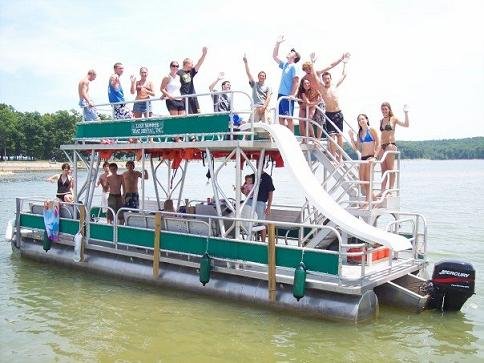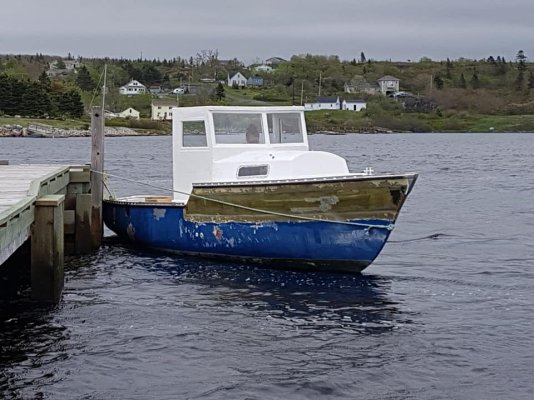Thank you for starting this discussion. There is so much interesting information here that I find myself re-reading it, just for fun.
I have made the Seattle to Juneau trip in a sailboat, and currently own an Albin 27 trailerable trawler that I would like to convert to diesel/ electric. Here is my 2 cents worth.
If you want to maximize efficiency, you need a light -full displacement boat. Trawlers can be full displacement, but they are seldom light weight. Remember that a planing hull boat and to a lesser extent a semi displacement boat is designed to lift the boat up to skim the surface at high speed. Unless you run at a brisk walk, a lot of energy is wasted lifting the boat to get it on a plane. Sailboats are almost always light - full displacement hulls. A possible solution could be to find a sailboat that fits your needs, remove the mast and build a solar mounting rack above most of the boat.
The wind and current conditions in the inside passage are challenging. Sometimes you will need to run against the tidal current to get through multiple rapids. For some unexplainable reason, when we made the trip, it seemed like the wind was always on our nose. On the brighter side we had lots of sun.
Your goal of making the trip without using a diesel generator is not achieved if you stop at marinas to charge up. The electricity at the dock is coming from a generator. Why not carry your own generator and give yourself the ability to anchor where you please. We made the trip to Juneau and loved the beauty and quiet of secluded anchorages. Only problem there is that you will be making some noise by running a generator.
I believe that it is currently impossible to make the Alaska trip on solar power alone, unless you build an ultra light with no amenities and get very lucky with the weather..
I got some good information from the folks at elco marine to convert my boat. My goal was to be able to run on electric while charging my batteries with my 6.5 kw generator. With that capability we could anchor without running the generator all night. They said I could achieve that if I ran at 5 knots- in dead calm conditions. Because of the high torque of an electric motor that speed would use a small amount of power.
I gave up because my plans are to do the Alaska trip trailer across country and cruise the Bahamas, and I feel that the wind, current and rough weather conditions are too challenging for an all electric boat, even with generator backup. I hope you can prove me wrong. I am sure advancements in the technology will make it possible -maybe soon.




